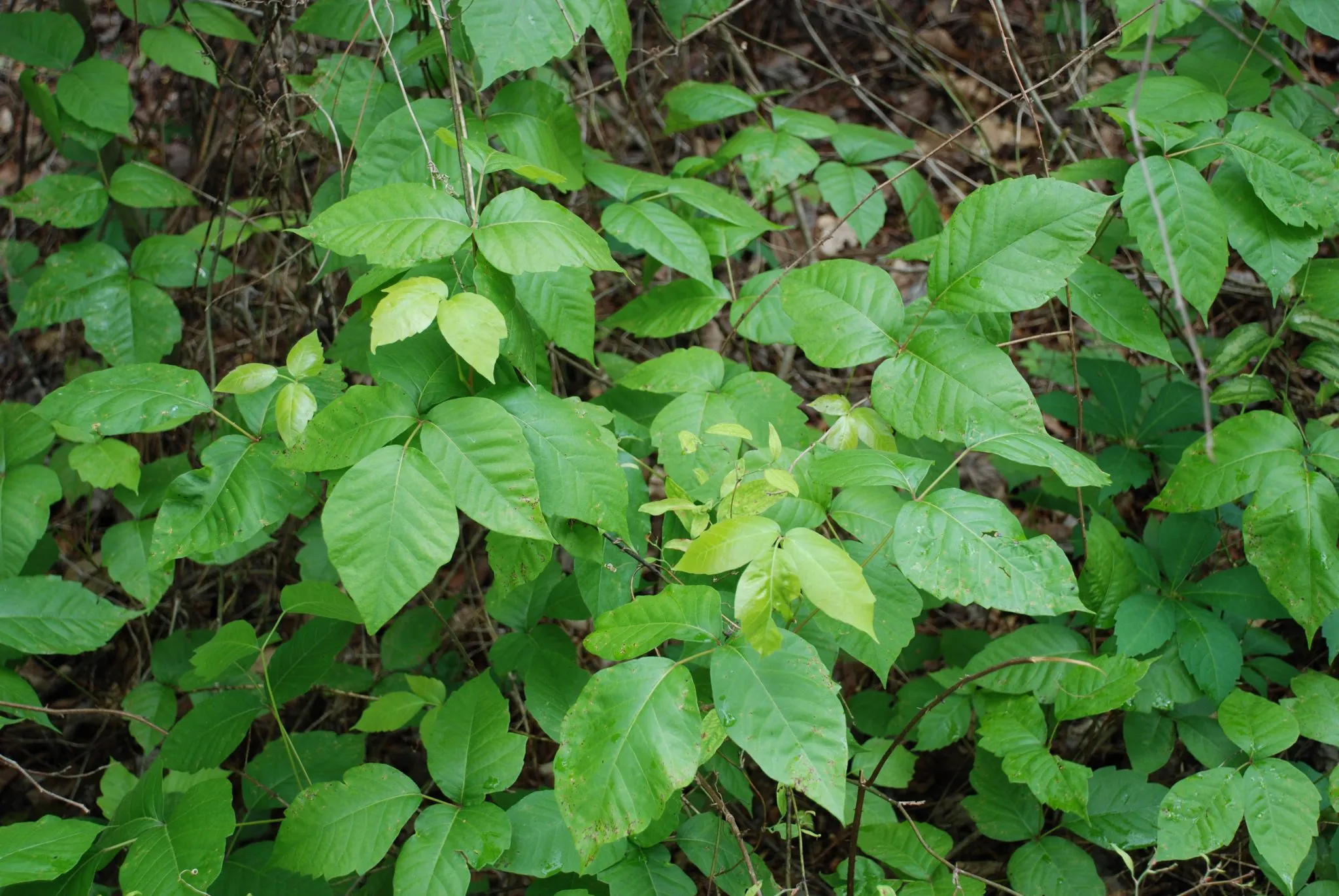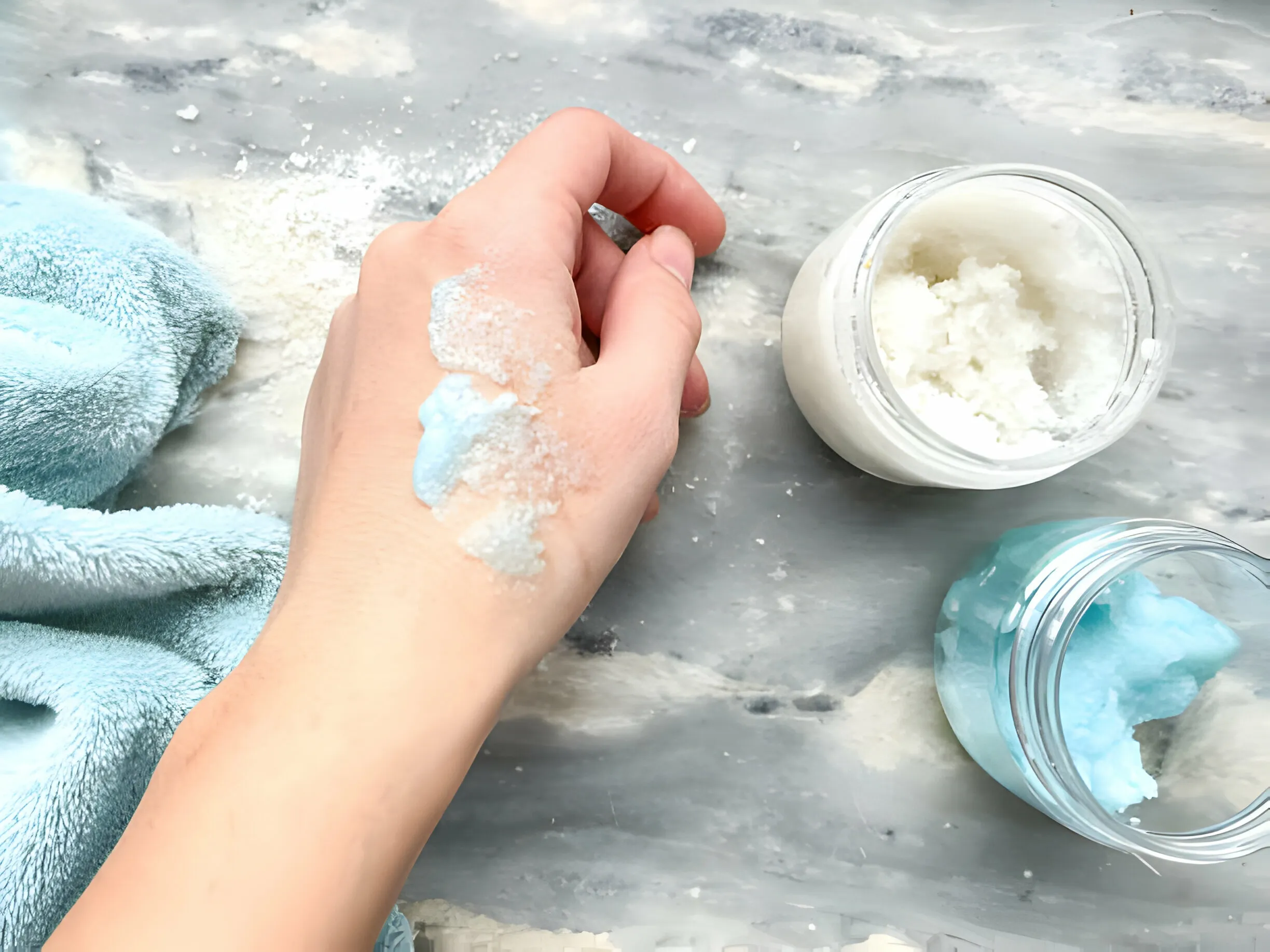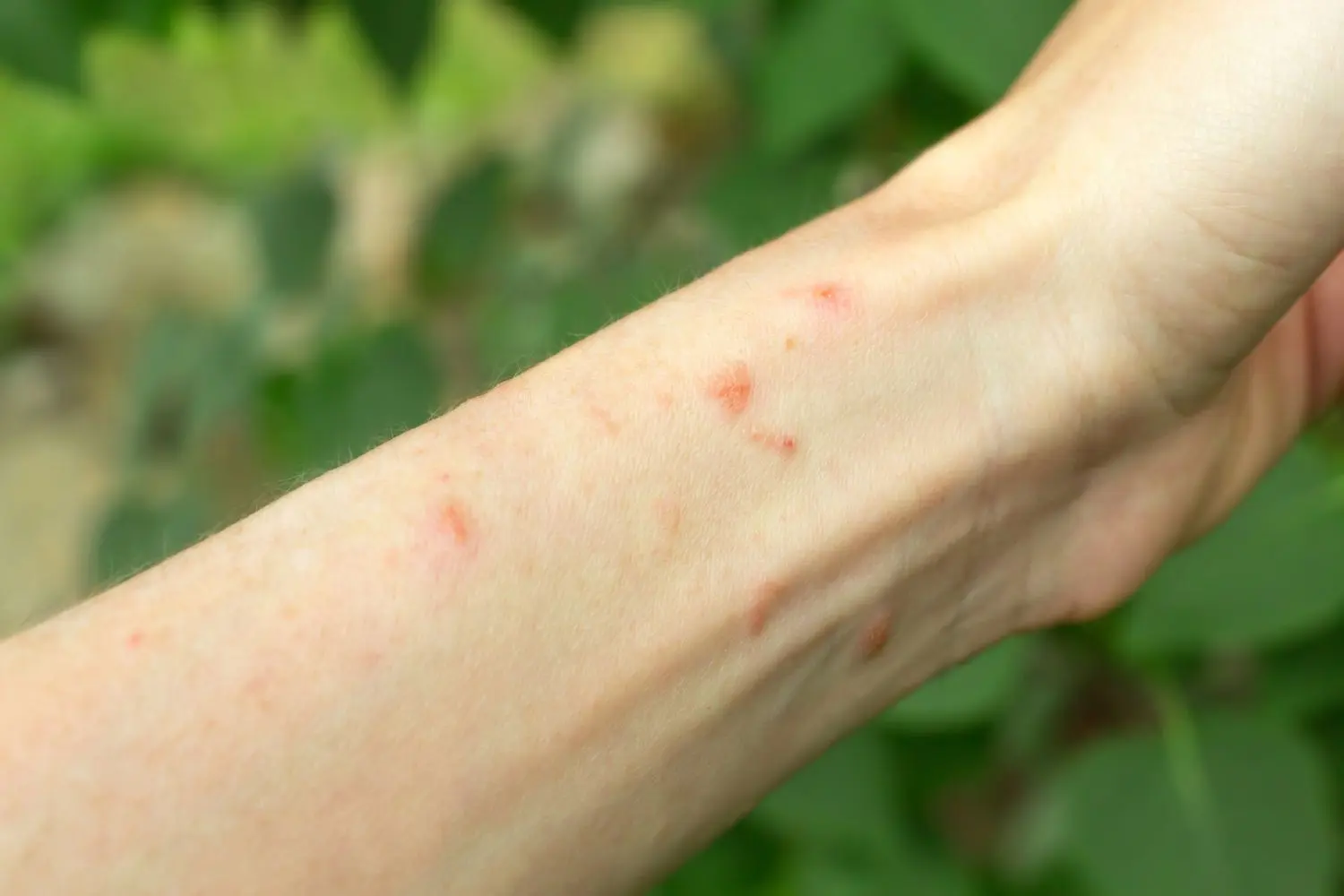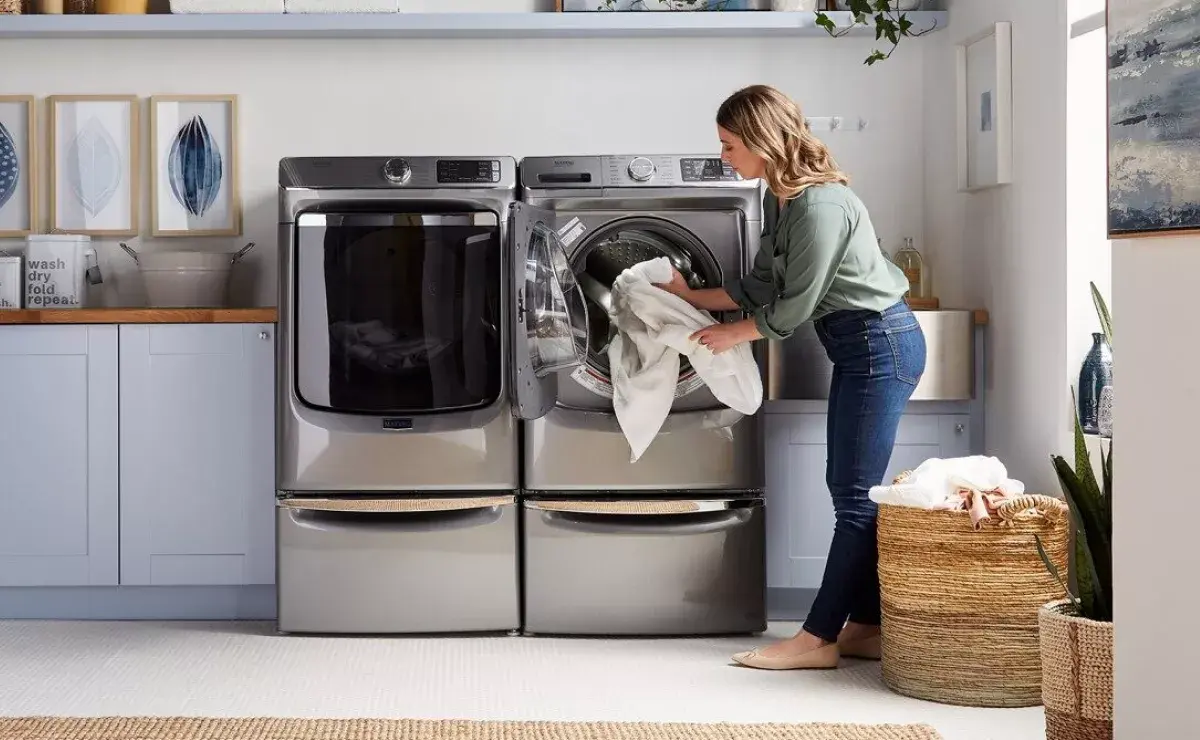Do you know how to get rid of poison Ivy? It is very necessary to know how to get rid of this poison.
You can imagine a peaceful day spent outdoors: I mean taking a stroll through the woods while the light creates beautiful shadows on the ground and songbirds fill the atmosphere.

For those that love nature, that is a paradise, not until poison ivy, an unexpected guest shows up! This unexpected visitor could make your perfect outdoor experience miserable and unpleasant.
But fear not, we’re here to share five thorough and useful home remedies that will enable you to bid adieu to poison ivy and its bothersome itch, enabling you to enjoy being outside once more.
Home Remedies on How to Get Rid of Poison Ivy
Poison ivy is the oil urushiol, which covers the leaves of poison ivy plants, and can create an extremely itchy rash known as poison ivy, an allergic contact dermatitis.
It is usually seen as vines or plants east of the Rocky Mountains. The edges of the leaves might be smooth or notched, and they are usually clustered in groups of three.
Don’t forget an exposure to poison ivy can cause allergic contact dermatitis.
Poison ivy can produce a serious rash. While the rash may resolve on its own, home treatments such as cold compresses or calamine can aid in its removal and management of related symptoms.
Poison ivy rash is caused by direct contact with urushiol, an oil found in the poison ivy plant.
Although some people are not sensitive to this oil and do not develop symptoms, the majority of people get a rash when they come into contact with poison ivy.
1. Oatmeal Soothing Bath
Beyond being a breakfast staple, oatmeal is a hero in the battle against poison ivy. Here’s how you can make use of it:
Blend one cup of plain oats into a fine powder. Transfer this delicious oatmeal into a warm bathtub.
Give the oatmeal 15 to 30 minutes to work its magic before soaking. As it reduces inflammation and eases the itch, experience the relief.
2. Applying Alcohol Rubbing
Alcohol can be used to eliminate urushiol oil from the skin and other surfaces. It’s a good idea to have alcohol wipes for hiking or camping so you may rapidly apply them to the affected area if you come into contact with poison ivy.
Urushiol can linger on the surface of most things that come into contact with poison ivy for years at a time, according to the Food and Drug Administration (FDA)Trusted Source, unless the item is cleaned with water or rubbing alcohol.
Boots, gloves, gardening equipment, clothing, and even animals and pets can absorb urushiol, which in some cases can result in an allergic skin reaction.
3. Apple Cider Vinegar
Apple cider vinegar has long been lauded for its medicinal powers, and it’s an effective antidote to poison ivy.
Here’s how to make the most of it:
Apple cider vinegar should be diluted with water (one part vinegar to three parts water). Apply a cotton ball dipped in the solution to the affected area several times daily.
Feel the relief as it relieves itching and serves as an astringent to dry out the rash.
4. Jewelweed – Nature’s Poison Ivy Antidote
Jewelweed, often known colloquially as touch-me-not, is a natural remedy to poison ivy. Here’s how to use nature’s remedy:
Find jewelweed, which is commonly found in woodland places. Break the stem open and apply the liquid from within to the affected area.
Jewelweed is thought to neutralize the urushiol oil in poison ivy, relieving itching and inflammation.
5. Aloe Vera’s Soothing Touch
When it comes to skin diseases, especially the wrath of poison ivy, aloe vera is your go-to. Here’s how to take advantage of this calming succulent:
Slice an aloe vera leaf open and apply the gel straight to the rash. Feel the cooling sensation as aloe vera relieves irritation and inflammation.
6. Bentonite Clay
Bentonite clay is naturally occurring clay that is used in many cosmetic and personal hygiene products.
After applying a paste made of bentonite clay and water to the affected region, some people report feeling less pain from their poison ivy rash.
Quaternium-18 bentonite, a modified form of bentonite clay, has been shown in studies to be effective in preventing or treating contact dermatitis caused by poison ivy and poison oak.
7. Baking Soda Paste

Baking soda isn’t just for making delicious cakes; it’s also a multipurpose substance that can help you get rid of poison ivy itch.
Here’s how to make your itch-relief cream:
Make a paste using a few tablespoons of baking soda and water. Apply this paste to the afflicted region gently.
Allow it to dry completely before rinsing with cool water. Baking soda’s alkaline composition will relieve itching and help dry out the rash.
8. Antihistamines taken Orally
Oral antihistamines, such as Benadryl (diphenhydramine), can help lessen redness, itching, and inflammation.
Since some varieties can make you drowsy, a pharmacist can offer advice on appropriate selections.
Topical antihistamine cream application to a rash is discouraged by the American Academy of Dermatology (AAD) as it can exacerbate itching.
9. Everything should be Well Cleaned
After the task is completed and the poison ivy is bagged and disposed of, clean your gardening tools with vinegar, rubbing alcohol, or degreaser.
Wearing rubber gloves, turn your items inside out and wash them in your washing machine apart from other laundry.
Boots can be hosed off and cleaned with soapy water. After discarding the gloves, give yourself a thorough hand wash with cool water.
It is advised to wash your skin in cold water as hot water might cause your pores to open, allowing any urushiol that may have gotten onto your skin to come in.
10. Apply a cold compress
Compresses that are cool and moist can assist lessen inflammation and itching (Trusted Source). To compress something:
Use cold water to thoroughly clean a washcloth. Squeeze out any extra water. Put this on your skin. If necessary, repeat the previous procedures.
For some, the best way to minimize swelling and irritation is to soak the cloth in an astringent solution, like aluminum acetate.
It could be beneficial to soak the rash in cool water.
What are the Symptoms of Poison Ivy?
Before we go into the symptoms of poison ivy, what are the causes of Poison Ivy?
Poison ivy rash is an allergic skin reaction to urushiol, an oil found in the plant. This oil can be found in the leaves, stems, roots, sap, and fruit (berries) of the plant.
Oil exposure arises as a result of:
- Any portion of the plant can be toughened.
- Touching urushiol-contaminated items, such as gardening tools or clothing
- Pets or animals that have been exposed to plant oil should not be touched.
- Inhaling smoke from plant fires
Poison ivy exposure symptoms include a red rash that:
1. Usually, it occurs 4 hours to 4 days after being exposed to the plant.
2. It usually begins as little red pimples and progresses to blisters of varying sizes.
3. It could crust or ooze.
4. It stings a lot.
5. It can happen anyplace on the body that has come into contact with the plant’s oil.
These are ways for you to avoid future encounters with poison ivy;
While these remedies can help you get rid of poison ivy, the best strategy is to avoid it in the first place.
Learn to identify the plant, take precautions when venturing into areas where it grows, wear protective clothing, use a barrier cream, and wash your clothes and equipment after exposure to minimize the risk.
All components of the poison ivy plant contain an oil called urushiol, which can cause a poison ivy rash if it comes into contact with a person’s skin. It may cause excruciating scratching.
Although the rash can be extremely uncomfortable, home remedies frequently assist in reducing it. These consist of using cold compresses, rinsing in lukewarm water, and wiping with rubbing alcohol.






